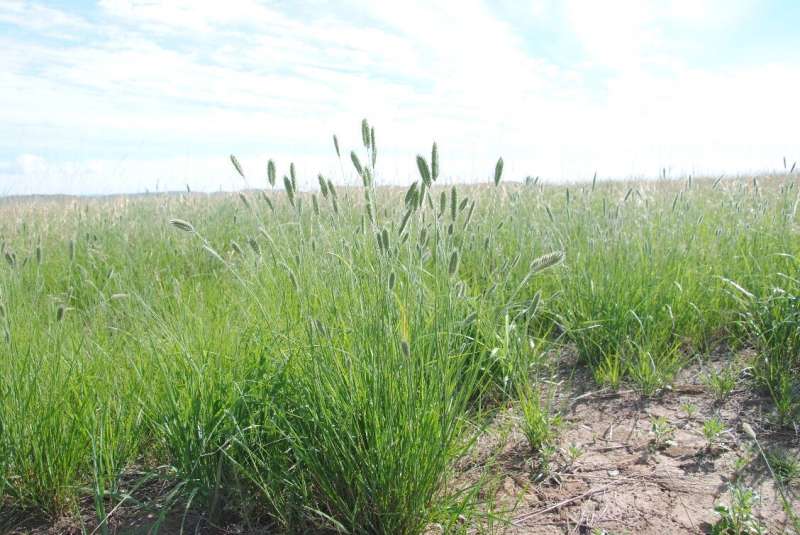Responses of seed traits to extreme drought imply strong relationships with drought sensitivity

Global climate change is expected to increase rainfall variability, potentially increasing the frequency of extreme droughts during this century. Intensified drought will impact ecosystem functioning, with many ecosystems expected to experience a reduction in primary productivity. Understanding the magnitude of these impacts is especially important in grassland ecosystems as they are particularly sensitive to precipitation variability. The negative impacts of extreme drought on grassland productivity have been widely documented, however, the underlying mechanisms of drought sensitivity remain understudied.
Plant persistence and migration in face of climate change depend on successful reproduction by seed, a central aspect of plant life that drives population dynamics, community assembly and species distributions. "Though I do not believe that a plant will spring up where no seed has been, I have great faith in a seed. Convince me that you have a seed there, and I am prepared to expect wonders," said Henry D. Thoreau.
Seed traits could influence grassland resistance to climate changes such as extreme drought. However, compared to other traits, such as the leaf and root economic traits, seed traits are underrepresented in trait-based ecology, little is known about how drought affects seed traits and the corresponding implications for grassland resistance.
To address this knowledge gap, a research team from the Institute of Applied Ecology of the Chinese Academy of Sciences reduced growing season precipitation amounts for four years across five grasslands of North China and assessed the responses of seed traits and grassland productivity to extreme drought.
Surprisingly, the researchers found that there are variable effects of extreme drought on community seed trait means and diversity over space and time. However, the researchers observed a negative relationship between drought-induced reductions in grassland productivity and one key seed trait, mean seed-coat thickness.
These results suggest that seed traits can be an indicator of grassland resistance to future droughts as they themselves are largely unresponsive to drought but are informative of grassland responses.
This study highlights the importance of incorporating seed traits into trait-based frameworks to better predict how drought will impact the functioning and services of grassland ecosystems. Relevant results have been published in Functional Ecology.
More information: Wentao Luo et al, Drought has inconsistent effects on seed trait composition despite their strong association with ecosystem drought sensitivity, Functional Ecology (2022). DOI: 10.1111/1365-2435.14165
Journal information: Functional Ecology
Provided by Chinese Academy of Sciences




















